Help critique front native wildlife garden plans
Shannon
13 years ago
Featured Answer
Comments (18)
mad_gallica (z5 Eastern NY)
13 years agoRelated Professionals
Roosevelt Landscape Architects & Landscape Designers · Edmond Landscape Contractors · Beverly Hills Landscape Contractors · Downey Landscape Contractors · Lakeville Landscape Contractors · Muttontown Landscape Contractors · River Ridge Landscape Contractors · Watertown Landscape Contractors · Bensenville Landscape Contractors · Foothill Farms Decks, Patios & Outdoor Enclosures · Haddonfield Decks, Patios & Outdoor Enclosures · Marlboro Decks, Patios & Outdoor Enclosures · Chatsworth Swimming Pool Builders · Redding Swimming Pool Builders · Roseville Swimming Pool Builderssleepy33
13 years agopam29011
13 years agomissingtheobvious
13 years agorlv4
13 years agoreyesuela
13 years agopam29011
13 years agoforensicmom
13 years agoShannon
13 years agoagardenstateof_mind
13 years agolazy_gardens
13 years agomad_gallica (z5 Eastern NY)
13 years agorlv4
13 years agoShannon
13 years agogwbr54
13 years agorlv4
13 years agojim_1 (Zone 5B)
10 years ago
Related Stories

GARDENING AND LANDSCAPINGBe a Citizen Scientist to Help Wildlife, Learn and Have Fun Too
Track butterflies, study birds, capture stars ... when you aid monitoring efforts, you’re lending Mother Nature a hand
Full Story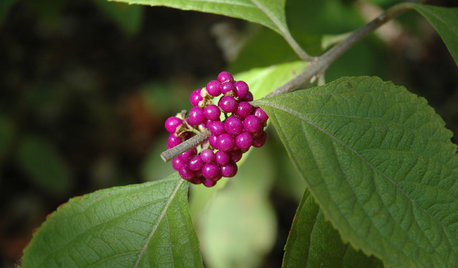
GARDENING GUIDESGreat Design Plant: Nourish Wildlife With American Beautyberry
The bright purple berries of Callicarpa americana feed winged beauties and make the Southeast U.S. native a fall garden standout
Full Story
INSPIRING GARDENSNative Plants Bring 10 Southern California Front-Yard Gardens to Life
Rare plants, rain gardens and wildlife habitats are just a few of the features showcased on the 2016 Theodore Payne Native Plant Garden Tour
Full Story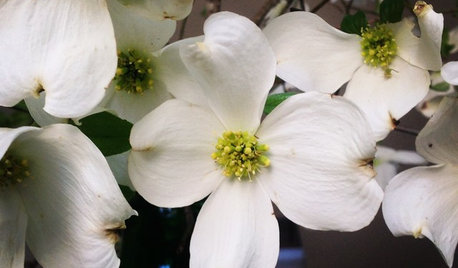
GARDENING GUIDESGreat Design Plant: Cornus Florida Benefits Wildlife
Flowering dogwood provides fiery red foliage in fall and beautiful springtime blooms
Full Story
WINTER GARDENING10 Native Wildflowers to Beautify Your Winter Garden
They stand strong in wind, feed wildlife and are easy to grow. But you may want to add these plants for their looks alone
Full Story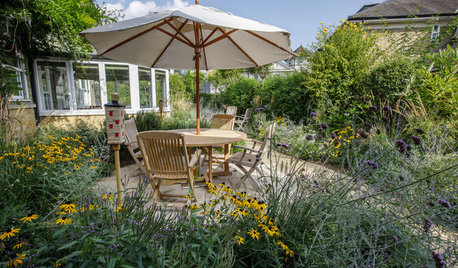
LANDSCAPE DESIGN4 Tips for Creating a Small Garden That Welcomes Wildlife
Win over birds, bees, butterflies and neighbors with these design strategies
Full Story
GARDENING GUIDES6 Plants That Beat Butterfly Bush for the Wildlife Draw
It's invasive, a nonnative and a poor insect magnet. Check out these better alternatives to butterfly bush in the garden
Full Story
LANDSCAPE DESIGNNative Plants Help You Find Your Garden Style
Imagine the garden of your dreams designed with plants indigenous to your region
Full Story
EARTH DAYHow to Design a Garden for Native Bees
Create a garden that not only looks beautiful but also nurtures native bees — and helps other wildlife in the process
Full Story
GARDENING FOR BUTTERFLIESGarden for Wildlife to Reap Rich Rewards
When you plant with animals and insects in mind, you make gardening easier, the planet healthier and yourself more present
Full StoryMore Discussions






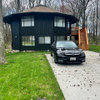

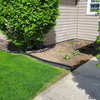
agardenstateof_mind